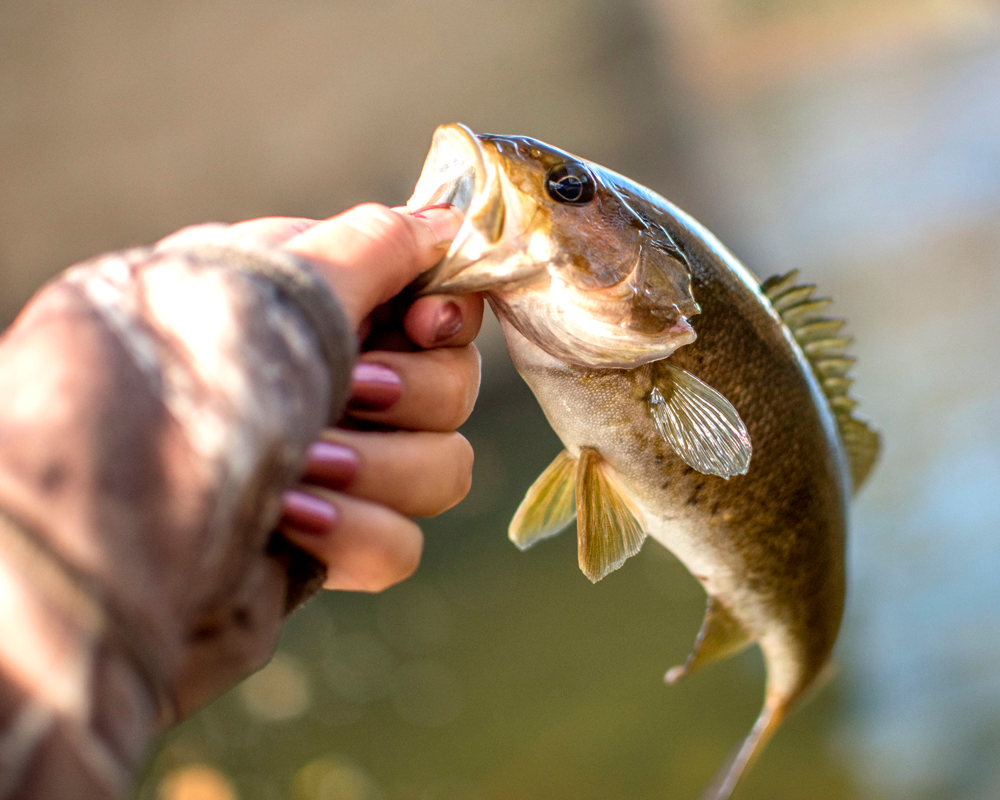Bass Behavior as the Weather Warms Up
Howdy, fellow anglers! I’m Cap’n Ron, your dedicated bass fishing guide here at the renowned Lake Fork in East Texas. With over 30 years of experience navigating these waters, I’ve developed a deep understanding of largemouth bass behavior, especially as the chill of winter gives way to the warmth of spring. Today, I’ll share insights into how these prized fish behave during this transitional period and offer strategies to help you reel in that trophy bass.
Understanding Largemouth Bass Behavior as Temperatures Rise
As winter loosens its grip and water temperatures begin to climb into the mid-50s, largemouth bass start to shake off their winter lethargy. This period, known as the pre-spawn, is a time of increased activity as bass prepare for spawning. They move from deeper waters to shallower areas, seeking suitable spawning sites and feeding aggressively to build energy reserves.
At Lake Fork, this transition typically occurs from mid-February through April, depending on weather patterns. During this time, bass favor water temperatures between 60 and 75 degrees Fahrenheit, prompting them to move into the shallows to spawn.

Key Areas to Target During Pre-Spawn
During the pre-spawn, focus your efforts on areas adjacent to spawning grounds. Bass often stage in slightly deeper water near shallow flats, creek channels, and secondary points. Look for structures such as submerged timber, hydrilla beds, and drop-offs, as these provide both cover and ambush points for feeding.
Hydrilla beds, in particular, are prime locations. These aquatic plants offer excellent cover and are often teeming with baitfish, making them attractive to pre-spawn bass. Working the edges and pockets of hydrilla can yield impressive results.
Adapting to Weather and Water Conditions
Spring weather in East Texas can be unpredictable, with temperature fluctuations and occasional cold fronts. These changes can temporarily push bass back into deeper water or make them less active. On warmer, stable days, bass are more likely to be found in shallow areas, actively feeding. Conversely, after a cold front, consider targeting deeper structures or slowing down your presentation to match the bass’s reduced activity level.
The Importance of Timing
Timing your fishing trips to coincide with periods of increased bass activity can significantly enhance your success. Early morning and late afternoon are often prime times, as bass take advantage of lower light conditions to hunt. Additionally, monitoring moon phases and barometric pressure can provide further insights into optimal fishing windows.
Final Thoughts
As the waters of Lake Fork warm and nature signals the arrival of spring, largemouth bass enter a period of heightened activity that presents exceptional opportunities for anglers. By understanding their behavior, selecting appropriate lures, and adapting to changing conditions, you can capitalize on this dynamic period.
Remember, each day on the water is a learning experience. Stay observant, be adaptable, and most importantly, enjoy the process. If you’re looking to enhance your skills or explore the best that Lake Fork has to offer, consider booking a trip with a seasoned guide who can provide personalized instruction and insights.
Tight lines, and I hope to see you on the water soon!